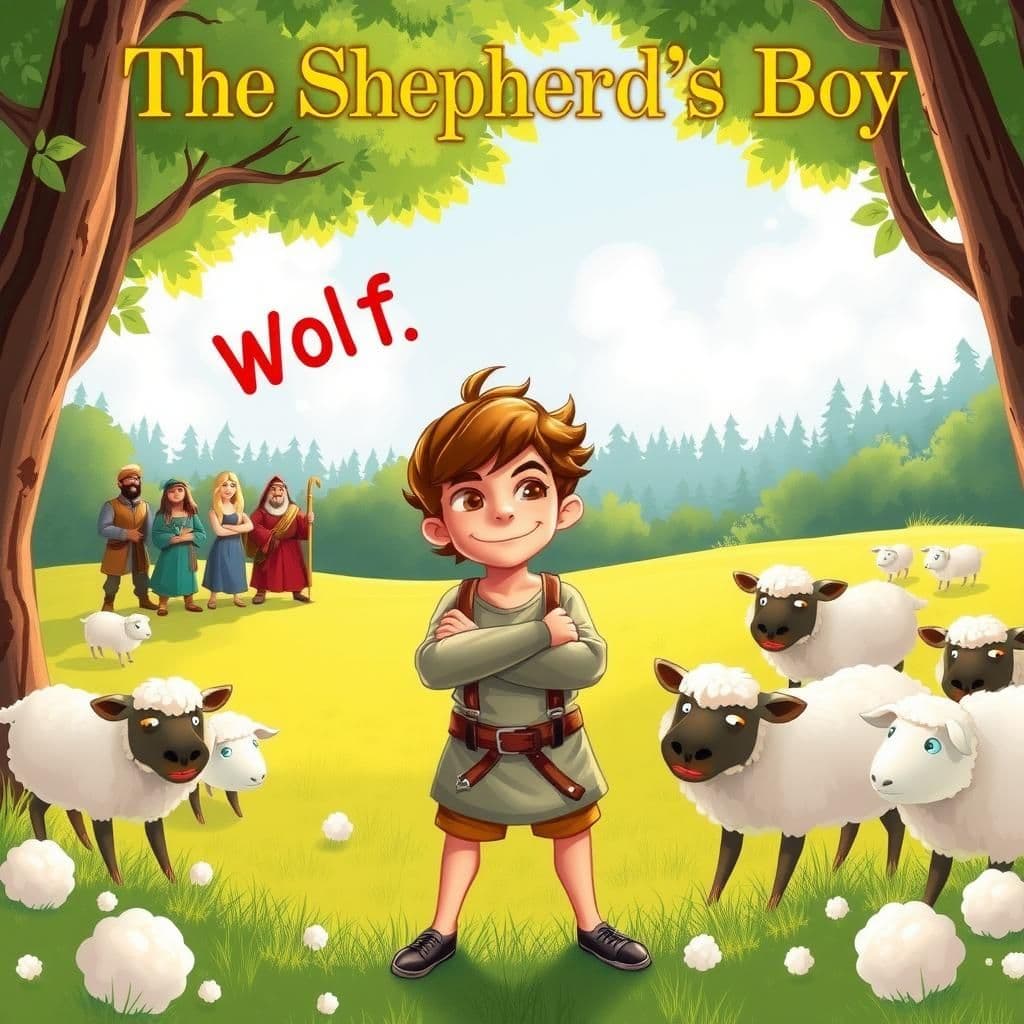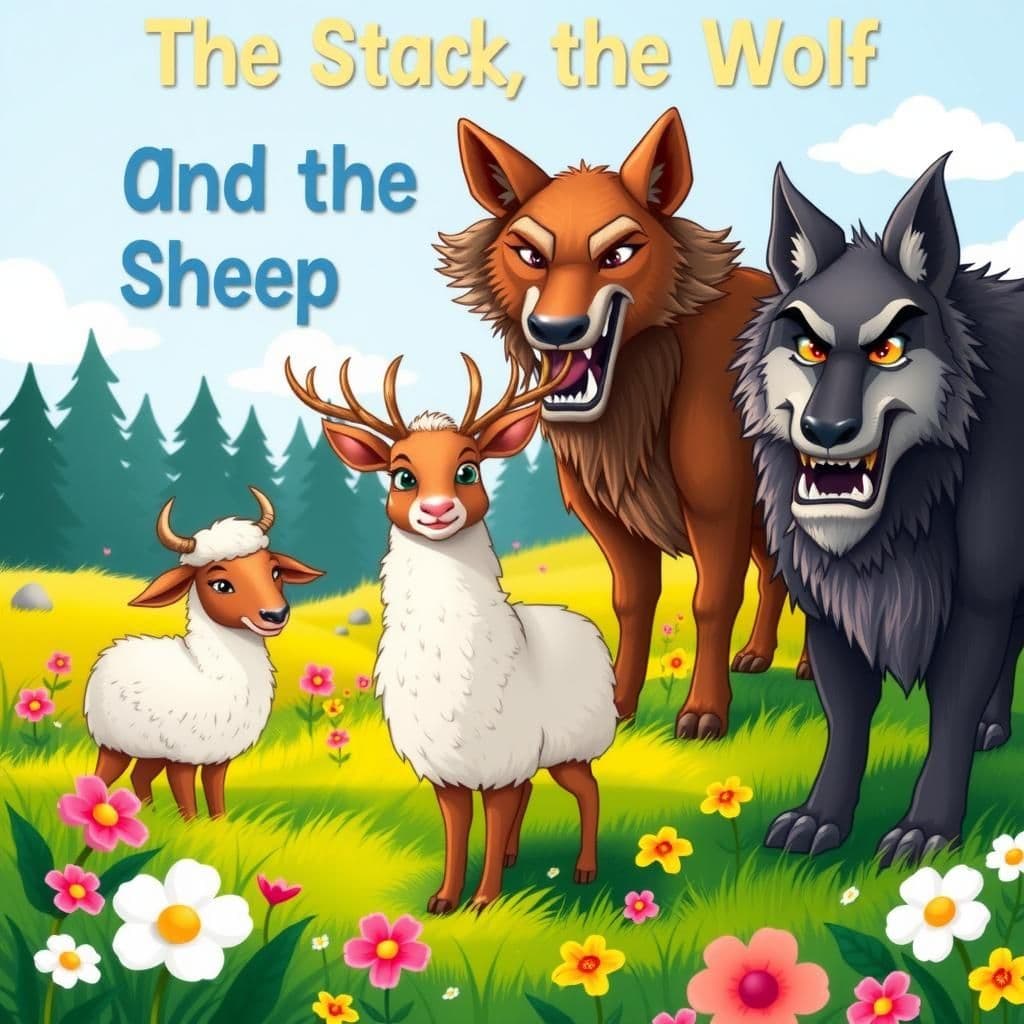The Shepherd's Boy

Story Summary
In this fable story with moral, a lonely young Shepherd Boy tricks the villagers twice by falsely shouting "Wolf" to gain their attention. When a real Wolf appears and threatens his sheep, the villagers ignore his cries, believing he is lying again, leading to a loss of his flock. This unique moral story teaches young readers that a liar will not be believed, even when telling the truth, emphasizing the importance of honesty in real-life stories with moral lessons.
Click to reveal the moral of the story
The moral of the story is that dishonesty can lead to a loss of trust, making it difficult to be believed when one is finally telling the truth.
Historical Context
This story is a variant of the ancient fable "The Boy Who Cried Wolf," attributed to Aesop, a Greek storyteller from the 6th century BCE. It reflects cultural themes of trust, the consequences of deceit, and the importance of honesty, which are common in fables and folklore across various cultures, emphasizing moral lessons that resonate through generations. The tale has been retold in numerous adaptations and remains a staple in discussions about integrity and accountability in both literature and education.
Our Editors Opinion
This fable reminds us of the importance of honesty in building trust, a vital currency in modern relationships and communities. For instance, in a workplace setting, if an employee frequently exaggerates problems or misrepresents their workload, when a real crisis arises, their colleagues may dismiss their concerns, leading to dire consequences for the team’s success.
You May Also Like

The Stag the Wolf and the Sheep
In "The Stag the Wolf and the Sheep," a Stag seeks a measure of wheat from a Sheep, promising the Wolf as a guarantor. The cautious Sheep declines, fearing both parties' deceit, illustrating the lesson that two dishonest individuals do not create trust. This wisdom-packed moral story teaches young readers that caution is essential when dealing with untrustworthy characters.

Two Kings
In the short moral story "Two Kings," the King of Madagao, embroiled in a dispute with the King of Bornegascar, demands the recall of his rival's Minister. Faced with an enraged refusal and the threat to withdraw the Minister instead, the terrified King of Madagao hastily complies, only to comically trip and fall, humorously violating the Third Commandment. This tale, rooted in folklore, serves as a reminder of the consequences of pride and hasty decisions in well-known moral stories.

The Wolf and the Horse
In "The Wolf and the Horse," a cunning Wolf attempts to deceive a Horse by claiming to have left a field of untouched oats for him. However, the Horse sees through the ruse, pointing out that if oats were suitable for the Wolf, he would have eaten them himself. This famous fable illustrates a powerful moral about how individuals with a bad reputation often struggle to be trusted, even when they try to perform good deeds, highlighting the impact of storytelling with morals in our understanding of character and trust.
Other names for this story
The Boy Who Cried Wolf, The Lonely Shepherd, A Lesson in Trust, The Deceptive Shepherd, When Lies Backfire, The Shepherd's Warning, The Wolf Among Us, Trust Lost in Lies
Did You Know?
The story of the boy who cried wolf highlights the theme of trust and the consequences of dishonesty, illustrating how repeated deceit can lead to the loss of credibility, even in dire situations where one is telling the truth. This cautionary tale serves as a timeless reminder of the importance of integrity and the potential repercussions of misleading others.
Subscribe to Daily Stories
Get a new moral story in your inbox every day.